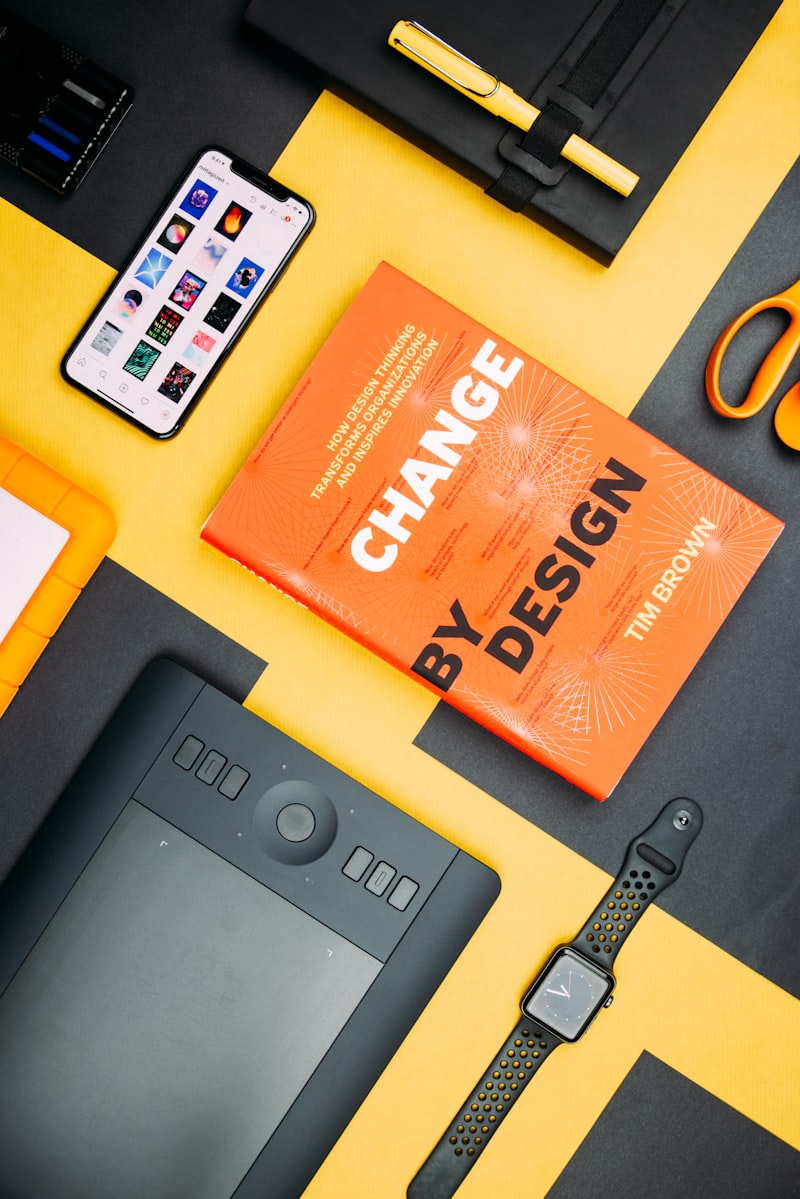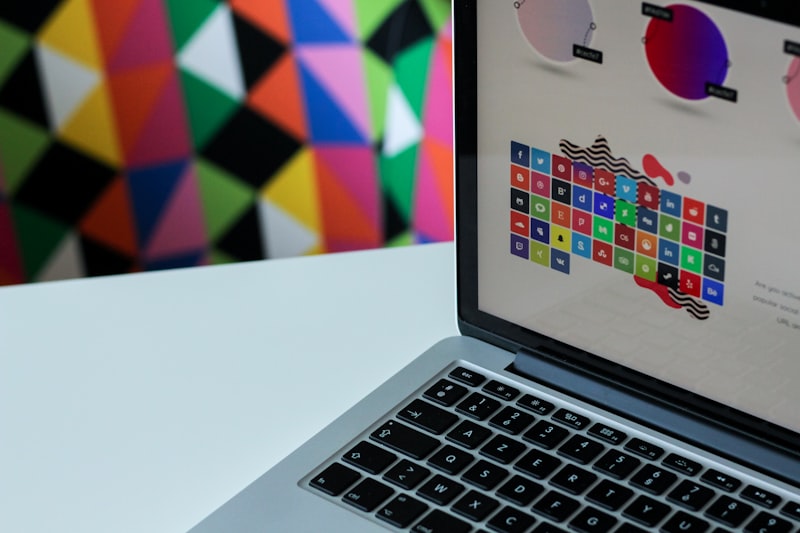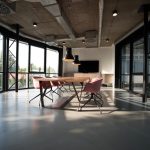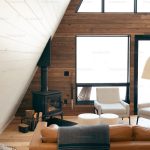Imagine a well-designed kitchen where every cabinet, every countertop, and every appliance not only fits seamlessly into the layout but also enhances the overall visual appeal. It’s not just about having ample storage or efficient workflow; it’s about how these elements blend together harmoniously, creating an environment that invites creativity and comfort.
In architecture, combining functionality with aesthetics means more than just erecting buildings; it means sculpting spaces that people want to inhabit. From the sleek lines of modern skyscrapers to the intricate detailing of historical landmarks, every design choice serves a dual purpose: to fulfill practical needs and to evoke emotional responses.
Take, for example, the iconic Sydney Opera House. Its distinctive sail-like shells not only provide acoustically optimized performance spaces but also make a bold architectural statement against the Sydney skyline. The form follows the function of housing world-class performances while simultaneously becoming a symbol of cultural identity and pride.
In product design, achieving the perfect balance between form and function often requires iterative processes and creative thinking. Think of a smartphone: its sleek design and intuitive interface are as important as its processing power and battery life. Users not only seek functionality but also desire products that resonate with their sense of style and identity.
Ultimately, whether in interior design, architecture, or product development, the art of combining functionality and aesthetics lies in understanding the user or inhabitant. It’s about anticipating needs and desires while pushing the boundaries of creativity. When done right, it transforms mere spaces and objects into experiences that delight and inspire, leaving a lasting impression on those who interact with them.
Mastering Form and Function: The Secrets Behind Harmonious Design
In the world of design, achieving harmony between form and function is like striking a perfect chord in music—effortlessly beautiful and deeply satisfying. But what exactly does it mean to master this balance?
Form refers to the aesthetics—the visual appeal that a design offers. It’s about how something looks and feels, invoking emotions and reactions from those who experience it. Think of a sleek smartphone or a minimalist chair; their form not only serves practical purposes but also creates an impression, evoking a sense of style and elegance.
On the other hand, function deals with usability and practicality. A well-designed product or space should not only look good but also serve its intended purpose effectively. Take, for instance, a user-friendly app interface or ergonomic furniture that enhances comfort and productivity. Functionality ensures that design isn’t just about appearance but also about enhancing daily life.
The secret lies in marrying these two elements seamlessly. When form follows function, each design choice enhances usability without compromising aesthetics. It’s like a high-performance sports car—sleek lines and curves that aren’t just for show but optimize aerodynamics and speed. Conversely, when function inspires form, practical needs dictate design decisions, resulting in solutions that are both beautiful and purposeful.
Great designers understand this delicate dance. They ask not only “How will it look?” but also “How will it work?” They blend creativity with practicality, turning ideas into realities that inspire and endure. It’s this mastery of balance that transforms ordinary objects into extraordinary experiences, where every detail serves a purpose and delights the senses.

Mastering form and function isn’t just about creating something that works—it’s about crafting an experience that resonates, leaving a lasting impression long after the first glance or touch.
Beauty in Utility: Crafting Designs That Inspire and Serve
Imagine a piece of furniture that not only catches your eye with its elegant lines and exquisite finish but also provides utmost comfort and support when you settle into it after a long day. That’s the essence of beauty in utility—a seamless blend of form and function that enhances everyday life.
Take the example of modern architecture, where buildings not only stand as landmarks of innovation but also cater to the needs of their occupants. From skyscrapers to eco-friendly homes, each structure tells a story of thoughtful design that prioritizes usability without compromising on style.
In product design, whether it’s a sleek smartphone that fits perfectly in your hand while delivering powerful performance or a kitchen gadget that simplifies cooking without cluttering your countertop, every detail is meticulously crafted to enrich the user experience.
But beauty in utility goes beyond tangible products. It extends to digital interfaces that are intuitive to navigate, websites that are both visually appealing and easy to use, and even graphic designs that convey complex messages with simplicity and grace.

Think of a well-designed website. It not only captivates visitors with striking visuals and seamless navigation but also ensures they find the information they need effortlessly. It’s like a well-written story that keeps you engaged from the first sentence to the last, leaving you satisfied and wanting more.

In essence, beauty in utility is about creating designs that are not just visually pleasing but also enhance functionality and usability. It’s about finding that sweet spot where aesthetics meet efficiency, where form follows function without sacrificing one for the other.
As designers, embracing the concept of beauty in utility challenges us to think beyond the surface and consider the impact our creations have on people’s lives. It encourages us to innovate, to push boundaries, and to create designs that inspire admiration and serve a meaningful purpose.
Balancing Act: How Designers Fuse Practicality with Visual Appeal
Imagine this: You walk into a modern kitchen where every utensil is not just functional but a piece of art. The knives slice effortlessly, and the handles feel like they were custom-made for your grip. That’s the magic of design when it strikes the right chord between practicality and visual allure.
In today’s world, where aesthetics play a crucial role in consumer choices, designers must go beyond mere functionality. Take smartphones, for example. They are not just communication devices anymore; they are statement pieces reflecting our style and personality. The challenge for designers is to ensure that every curve, every button serves a purpose while enhancing the overall visual appeal.
Think about your favorite piece of furniture at home. It’s not just something you sit on; it’s something that complements your living space. The designer didn’t just think about comfort; they considered how it would fit into your lifestyle and elevate the ambiance of your home.
But achieving this balance is no easy feat. It requires a deep understanding of materials, ergonomics, user experience, and current trends. It’s about asking the right questions: How can this product be more intuitive? How can we make it visually striking without compromising functionality?

Designers often draw inspiration from unexpected places—a nature walk, a bustling city street, or even a vintage photograph. They understand that creativity knows no bounds and that the perfect blend of practicality and visual appeal can come from the most unlikely sources.
Beyond Looks: Exploring the Deep Connection Between Beauty and Purpose
Think about a majestic mountain range or a breathtaking sunset. What makes them beautiful? It’s not merely the colors or the shapes; it’s the way they evoke emotions within us, stirring a sense of awe and wonder. Beauty, in its essence, is a language of its own, speaking directly to our hearts and spirits.
When we talk about the connection between beauty and purpose, we delve into the realm of meaning and significance. Consider a beautifully crafted piece of art or a well-designed product. What makes them stand out? It’s the intention behind their creation, the thoughtfulness that went into every detail. Purpose infuses beauty with substance, giving it a reason to exist beyond mere appearance.
Human beings are no exception. We are drawn to individuals whose actions reflect their inner beauty, those who radiate kindness, compassion, and integrity. This inner beauty stems from a sense of purpose—a deep-seated drive to make a positive impact on the world around them.
Moreover, beauty and purpose intertwine in the way we perceive ourselves and others. When we align our actions with our values and passions, we exude a natural attractiveness that goes beyond physical attractiveness alone. It’s about living authentically and embracing our unique gifts and talents to contribute meaningfully to society.
Frequently Asked Questions
Why is user experience critical when integrating functionality and aesthetics
User experience is crucial when integrating functionality and aesthetics because it directly impacts how users interact with a product. A well-designed user experience ensures that not only does the product look appealing but also functions intuitively, leading to higher user satisfaction, engagement, and usability.
What is the importance of balancing functionality and aesthetics in design
Learn why balancing functionality and aesthetics is crucial in design. Discover how this balance enhances user experience by combining usability with visual appeal, ensuring products or spaces are both efficient and visually pleasing.
What are practical tips for achieving harmony between form and function
Discover practical tips to achieve harmony between form and function with our concise FAQ guide. Learn how to balance aesthetic appeal with functionality effectively.
How can designers prioritize functionality without compromising aesthetics
Learn how designers can balance functionality and aesthetics effectively, ensuring that usability remains a priority without sacrificing visual appeal.
Can you provide examples of successful designs that blend functionality and aesthetics
Explore examples of successful designs that seamlessly combine functionality and aesthetics, demonstrating how form can enhance usability. Learn from innovative approaches in architecture, product design, and digital interfaces that prioritize both practicality and visual appeal.



[…] The Art of Combining Functionality and Aesthetics in Design […]